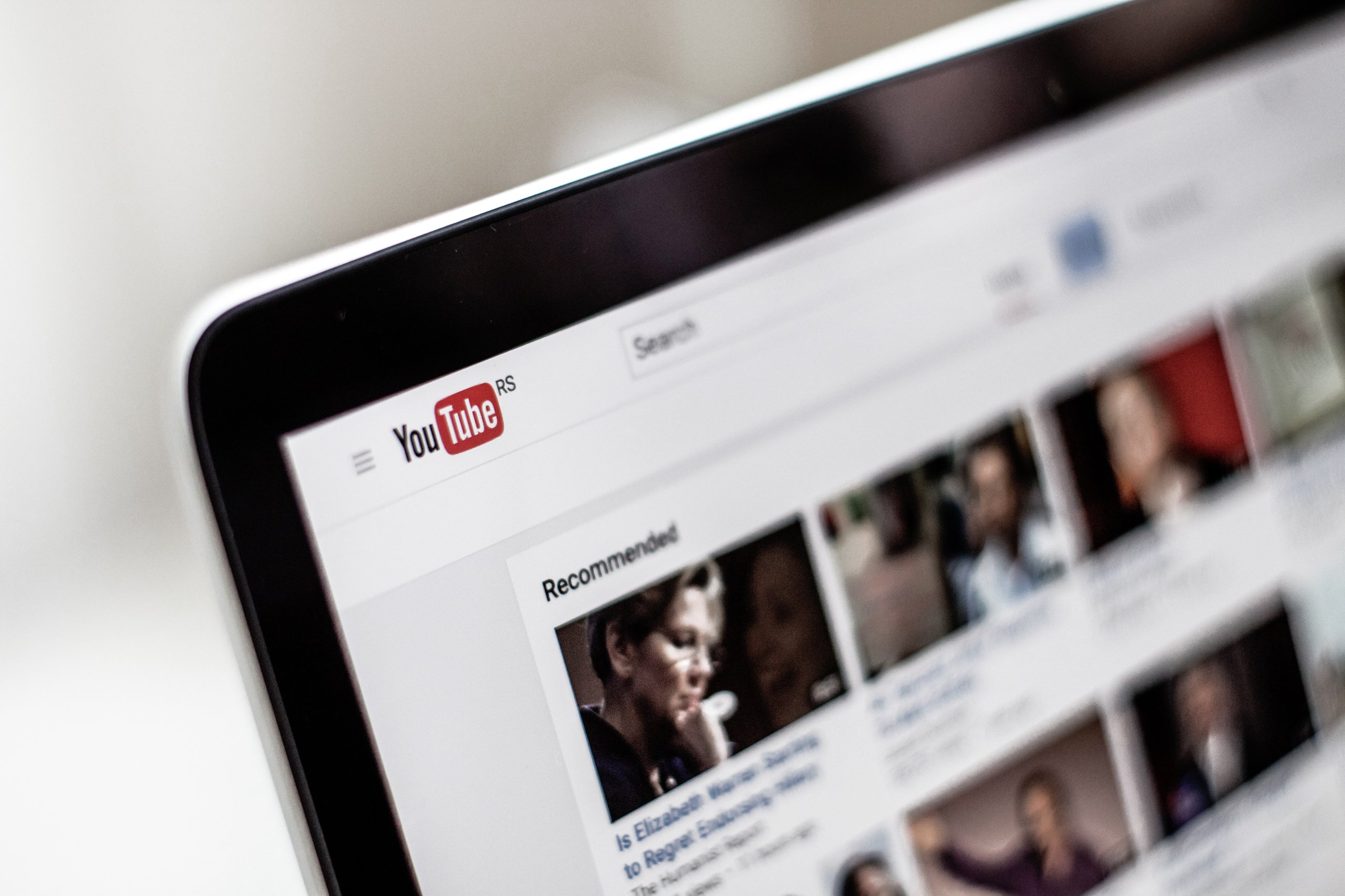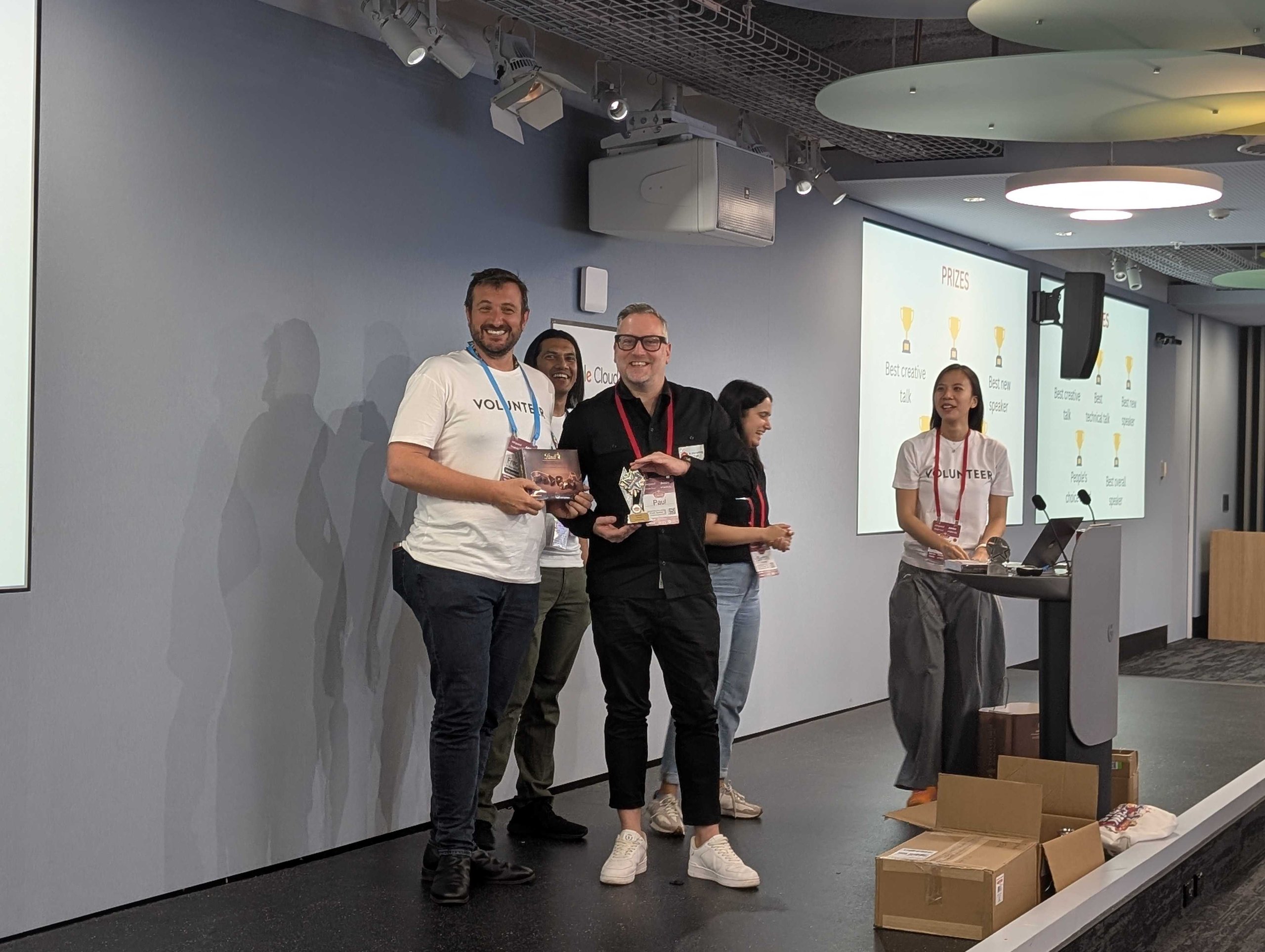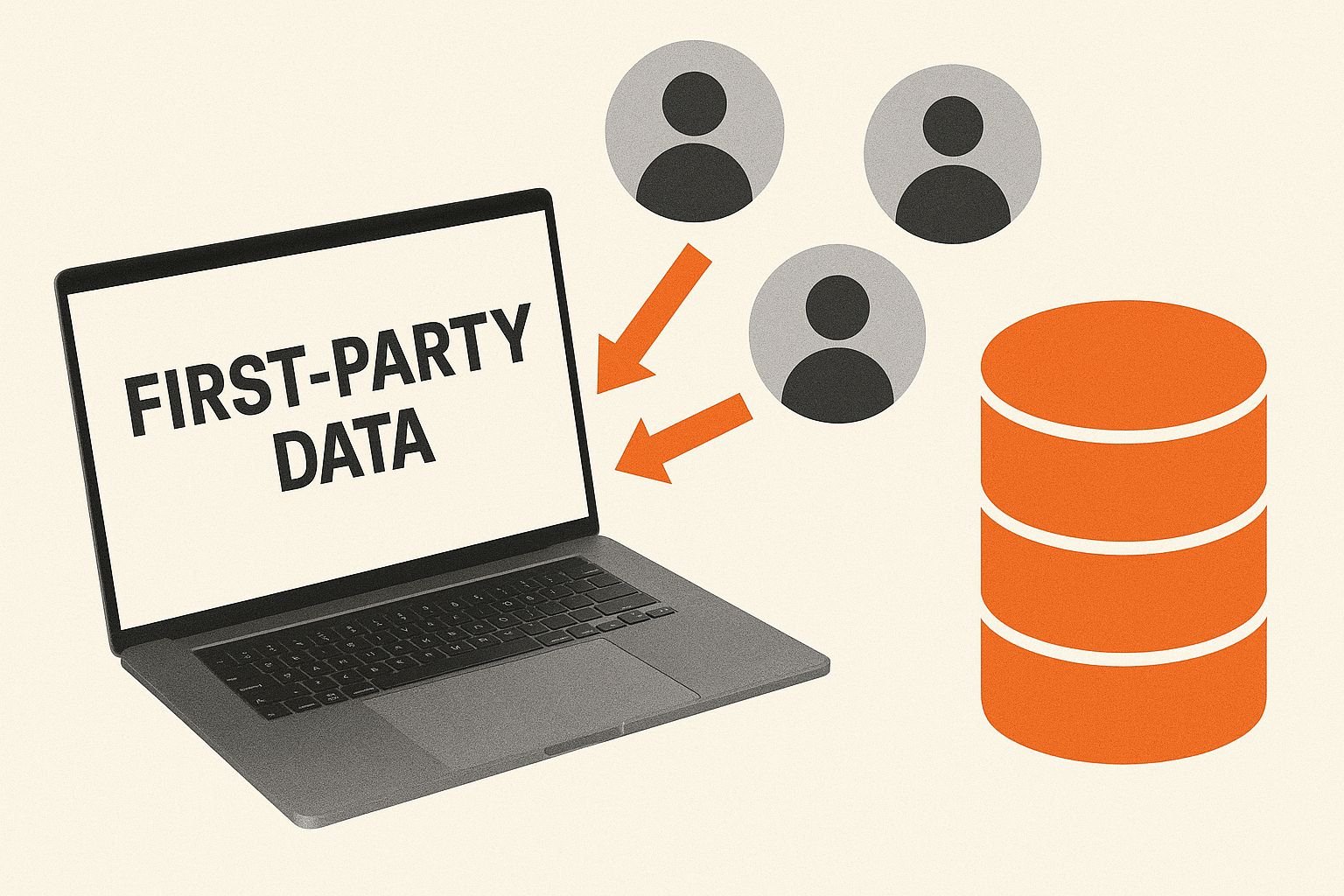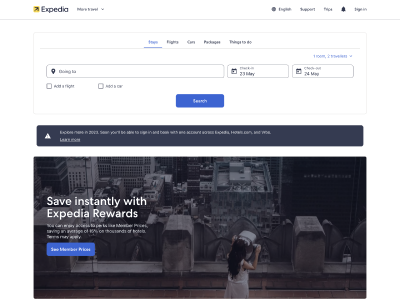
Find out more about YouTube video marketing with Rebecca Robson’s GMP meetup presentation on YouTube: Your Next Growth Engine.

YouTube Video Marketing Interview with Rebecca Robson, New Business Manager at Google
With 79% of Millennials going to YouTube to connect, we can agree it’s a huge chunk of the market. But what about brands with a different demographic? Should they be embracing YouTube too?
While it’s true that people of different age groups use YouTube for different and varied reasons, we know that YouTube is where both the young and the young at heart come to watch. According to Nielsen Digital Content Ratings, YouTube has 79% reach in the overall 18+ demographic (avg. time per person 20hr:15min per month), 90% in 25-54 years (20hr:02min per month) and 61% in the 55+ demographic (12hr:40min per month).
So whoever your target demo is, they’re on YouTube!
74% of Gen Xers use YouTube to solve an immediate problem. How can brands use this in their YouTube video marketing?
If your product or service helps someone with a problem, and that someone does their own research on the internet to try to get some answers, YouTube could be a great marketing channel for you. For example, a mechanic could use custom intent audiences (a targeting method for YouTube campaigns) to target people in their area who’ve been searching on Google.com for ‘how to change car oil’ or ‘engine light on’. They would use this Google-created list to only show people who searched these terms the YouTube ad. Being so targeted (only paying for the view of someone we think is likely to engage with the service) should lower the advertiser’s cost-per-acquisition.
How can companies create content that converts during different stages, whether through ads or video marketing content?
There are two things to consider when planning campaigns that target different stages of a traditional marketing funnel. First is selecting the right format. On YouTube for example, we now have TrueView for Action, a format with a customisable call-to-action button in the ad and the banner below. This format is geared toward tracking actual conversions resulting from the video campaign, however you define a conversion. In contrast, if you’re looking to boost brand awareness, on YouTube you may opt for a 6-second non-skippable bumper ad, which grabs attention and tells your brand story quickly and effectively.
Secondly, the creative (or ad copy in the case of search ads) needs to be in line with your marketing goals. Naturally, if you’re aiming for a specific performance-based goal, such as a 20% increase in online sales by the end of your Christmas promotion, you wouldn’t use 15 seconds of ad airtime with artistic drone shots of your headquarters and CEO shaking hands with employees.
With 400+ hours of video uploaded every second, how can brands cut through the noise and get noticed on YouTube?
Over time we’ve developed some creative best practices, which takes a workshop of several hours to go through in and of itself! Essentially, back in the radio and TV advertising golden era, it used to be that reach was scarce and attention was plentiful. That’s now been turned on its head.
Reach is plentiful (16.3M Aussies are on YouTube) but attention is scarce!
A lot of our best practices, therefore, encourage grabbing attention immediately and building intrigue or surprises into the ad.
Good video creative is so important and can significantly affect your ROI. What are your top tips for YouTube video marketing that converts?
See above! We’d need to sit down with you and/or your agency to understand your marketing goals. One piece of advice that does go for everyone is don’t get scared off by your perceived lack of budget for creating video assets! Even with a few images and logos you can put together something with sight, sound and motion that would work on YouTube.
With 60% of views on mobile, how can creators optimise for mobile?
Creative needs to be built with the understanding that the video will mostly be viewed on a five inch screen, and often in portrait mode.
It may be watched on a train or a bus. Accordingly, video assets need to be bright, with large text (if text is required) and with enough zoom for faces and product shots that they can be seen easily – even in the mobile context.
How can brands maximise their chances of success on YouTube and reach more users across devices?
Working with an agency who has experience running YouTube campaigns would be the easiest way to maximise your chances of success. Also, make sure to sit down before starting out and plan what your marketing goals and measures of success for the campaign/s will be. This will determine how you target people on YouTube, which format to use, what budget to set, and what the creative should be like.
With the introduction of the skip button back in 2010, how can advertisers earn attention and create more relevant ads for users?
This one goes back to our creative best practices. The traditional story arc which worked for TV doesn’t work as well on YouTube.
Advertisers need to earn and keep attention from the get-go with a compelling story that starts big in the first 3 seconds.
Beyond YouTube, how can brands maximise their reach with YouTube now able to leverage intent signals on Google Search or Google Maps?
Access to browsing signals across other Google-owned properties (like Search and Maps) broadens the possibilities for targeting people on YouTube.
For example, it may be the case that people who searched for BMW dealerships on Google Maps, then saw a YouTube ad, are more likely to book a test drive on the BMW website than people who were just watching Top Gear on YouTube then saw the ad. You would get a better ROI if you concentrate your budget on the first group of people, right? The massive amounts of data we have, combined with machine learning which can make sense of these signals, allows for sophisticated and accurate targeting.
THANK YOU
Huge thanks to Rebecca for joining us for our latest Google Marketing Platform meetup and sharing her insights on YouTube video marketing.
Join us next time
Get more expert digital marketing tips. Join us for our next Google Marketing Platform meetup.


















